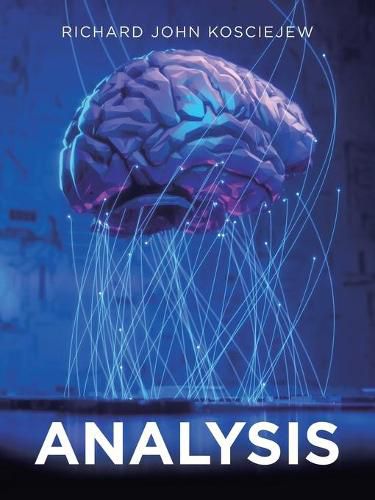Readings Newsletter
Become a Readings Member to make your shopping experience even easier.
Sign in or sign up for free!
You’re not far away from qualifying for FREE standard shipping within Australia
You’ve qualified for FREE standard shipping within Australia
The cart is loading…






This title is printed to order. This book may have been self-published. If so, we cannot guarantee the quality of the content. In the main most books will have gone through the editing process however some may not. We therefore suggest that you be aware of this before ordering this book. If in doubt check either the author or publisher’s details as we are unable to accept any returns unless they are faulty. Please contact us if you have any questions.
During the early 1900s, in examining the workings of the nervous system, physiologists were beginning to explore the idea that the transmission of nerve impulses takes place, in part, through or by chemical means. Otto Loewi decided to explore this idea. During a stay in London in 1903, he met Henry Dale, who was also interested in the chemical transmission of nerve impulses. However, for Loewi, Dale, and all the other researchers pursuing a chemical transmitter of nerve impulses, years of effort produced no solid evidence. In 1921 Loewi suspended two frogs' hearts in solution, one with a major nerve removed. Removing fluid from the heart that still contained the nerve, and injecting the fluid into the nerveless heart, Loewi observed that the second heart behaved as if the missing nerve were present. The nerves, he concluded, do not act directly on the heart - it is the action of chemicals, freed by the stimulation of nerves, that causes increases in heart rate and other functional changes. In 1926 Loewi and his colleagues identified one of the chemicals in his experiments called 'acetylcholine'. This was indisputably a neurotransmitter - a chemical that serves to transmit nerve impulses in the involuntary nervous system. The nerves do not perform an action directly on or upon the nerves of which actions are chemical responses, freed by the stimulation of nerves in heart rate and other functional changes, as they are identified as the chemical transmitter of nerve impulses. One such chemical nerve transmitter has been identified and called 'acetylcholine' which is a compound chemical that serves to transmit nerve impulses in the involuntary nerve system.
$9.00 standard shipping within Australia
FREE standard shipping within Australia for orders over $100.00
Express & International shipping calculated at checkout
This title is printed to order. This book may have been self-published. If so, we cannot guarantee the quality of the content. In the main most books will have gone through the editing process however some may not. We therefore suggest that you be aware of this before ordering this book. If in doubt check either the author or publisher’s details as we are unable to accept any returns unless they are faulty. Please contact us if you have any questions.
During the early 1900s, in examining the workings of the nervous system, physiologists were beginning to explore the idea that the transmission of nerve impulses takes place, in part, through or by chemical means. Otto Loewi decided to explore this idea. During a stay in London in 1903, he met Henry Dale, who was also interested in the chemical transmission of nerve impulses. However, for Loewi, Dale, and all the other researchers pursuing a chemical transmitter of nerve impulses, years of effort produced no solid evidence. In 1921 Loewi suspended two frogs' hearts in solution, one with a major nerve removed. Removing fluid from the heart that still contained the nerve, and injecting the fluid into the nerveless heart, Loewi observed that the second heart behaved as if the missing nerve were present. The nerves, he concluded, do not act directly on the heart - it is the action of chemicals, freed by the stimulation of nerves, that causes increases in heart rate and other functional changes. In 1926 Loewi and his colleagues identified one of the chemicals in his experiments called 'acetylcholine'. This was indisputably a neurotransmitter - a chemical that serves to transmit nerve impulses in the involuntary nervous system. The nerves do not perform an action directly on or upon the nerves of which actions are chemical responses, freed by the stimulation of nerves in heart rate and other functional changes, as they are identified as the chemical transmitter of nerve impulses. One such chemical nerve transmitter has been identified and called 'acetylcholine' which is a compound chemical that serves to transmit nerve impulses in the involuntary nerve system.